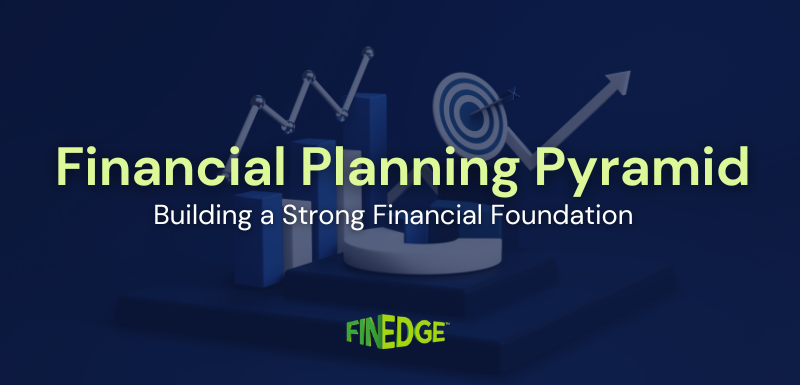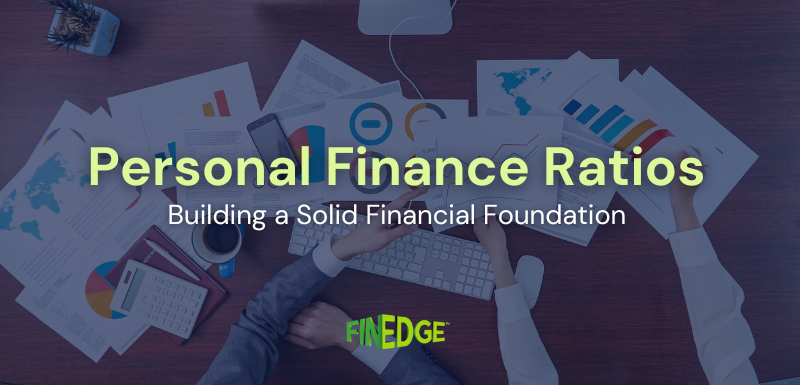Beware of The Sunk Cost Bias

The Sunk Cost Bias traps investors into holding onto losing investments just because they’ve already committed time and money. This mental pitfall leads to poor financial decisions, like averaging down a failing stock or refusing to cut losses. The solution? Evaluate your investments with a fresh perspective, challenge your assumptions, and exit when the facts change—just as Keynes wisely advised!
Consider this. You’re the director of research at a world renowned pharmaceutical company. You’ve recently invested Rs 50 crore towards the development of a revolutionary new drug that will cure a disease that is at present classified as incurable. Having sunk Rs 45 crore into the project, you learn, much to your chagrin, that a competing company has already patented and begun marketing a cure for the same disease. Along the way, it also becomes apparent that their drug is going to be significantly cheaper to produce than yours. Would you abandon ship or invest the remaining Rs 5 crore towards its completion?
The Psychological Bias That Affects Decision-Making
Here’s a similar question. As the director of research at a pharmaceutical company, you are made a proposal by a research associate to invest Rs 5 crores into the development of a new, breakthrough drug that has the potential to cure an incurable disease. That same evening, you read a press release from a competing firm announcing that they’ve successfully patented and launched a cure for the same disease. Would you accept the research associate’s proposal to invest Rs 5 crores?
If you’re like most people, you’d opt to power through to completion in the first instance, but ditch the proposal altogether in the second. The funny thing being that both decisions are the same from an economic standpoint: that is, “should I sink Rs 5 crore into a project which will lead to the development of a product that’ll likely not be able to compete effectively?”
Fret not; when an elite team of investment professionals were asked a similar dyad of questions in a study, 80 per cent of them responded similarly; going on to demonstrate that all human beings, irrespective of their intelligence or technical genius, will need to stand guard against their innate tendency to make poor investment choices.
Understanding the Sunk Cost Bias
The example brings to light a classic mental trap that most of us, in some form or shape, have succumbed to in our lives. This pernicious little syndrome, the scourge of wealth creation for many, is called the ‘Sunk Cost Bias’.
The Sunk Cost Bias is what keeps investors clinging onto a losing investment just because they’ve already ‘held onto it for five years’ or average a stock all the way down to the depths of its grave, just because ‘they are committed to it now’.
Breaking Free from the Sunk Cost Trap
Unitech Limited is a prime example; but just one in a veritable ocean of others. Rising from its murky sub Rs 10 depths around 2005, the stock skyrocketed to Rs 530 - levels (adjusted for splits) by 2008. Many a fund manager was made and broken during this drama-filled saga, which is now part of investment folklore. Tragically, there are several hopeful investors still holding on to the stock that they bought during the last rise, even though it’s trading at Rs 5 now! What makes matters worse is that the previous crash-and-burn-followed-by-heroic-resurrection story continues to supply enough hope to investors to keep them hanging on to the stock of a debt-ridden, conflicted company with a glut of unsold inventory. That’s the power of the sunk cost bias for you!
What’s the solution, then? Every now and then, wipe your mental slate clean and collect cold, hard facts about your investments and evaluate them in the cathartic light of reality. Better yet, play ‘devil’s advocate’ with yourself. Question every holding, dispassionately, chucking it out of your portfolio if it comes a cropper. If your basis for investing into anything has altered materially, let it go. As Keynes once blandly stated, “When the facts change, I change my mind. What do you do, Sir?”
Your Investing Experts
Relevant Articles
Understanding the Financial Planning Pyramid: Building Your Finances the Right Way
Most people juggle several financial goals at once, an emergency fund, retirement planning, a child’s education, or even short-term lifestyle goals like travel. Without a proper framework, it becomes difficult to decide what to tackle first. The Financial Planning Pyramid offers a simple and effective way to bring structure to your financial life. It ensures that essential protections are in place before you start saving and investing for long-term wealth.
Personal Finance Ratios You Should Understand Before You Start Investing
Successful investing begins long before you pick funds or set return expectations. It starts with understanding your financial foundation, how much you earn, how much you spend, and how much is left to invest consistently. These simple but powerful personal finance ratios offer a clear view of your financial health and help you make informed, goal-aligned decisions.
Why Mutual Funds Are the Smartest Way to Build Your Child’s Marriage Fund
Indian weddings are beautiful but expensive affairs, and their costs are rising every year. Mutual fund SIPs can help you plan ahead, ensuring your child’s big day is celebrated without financial stress.
.png)


.png)